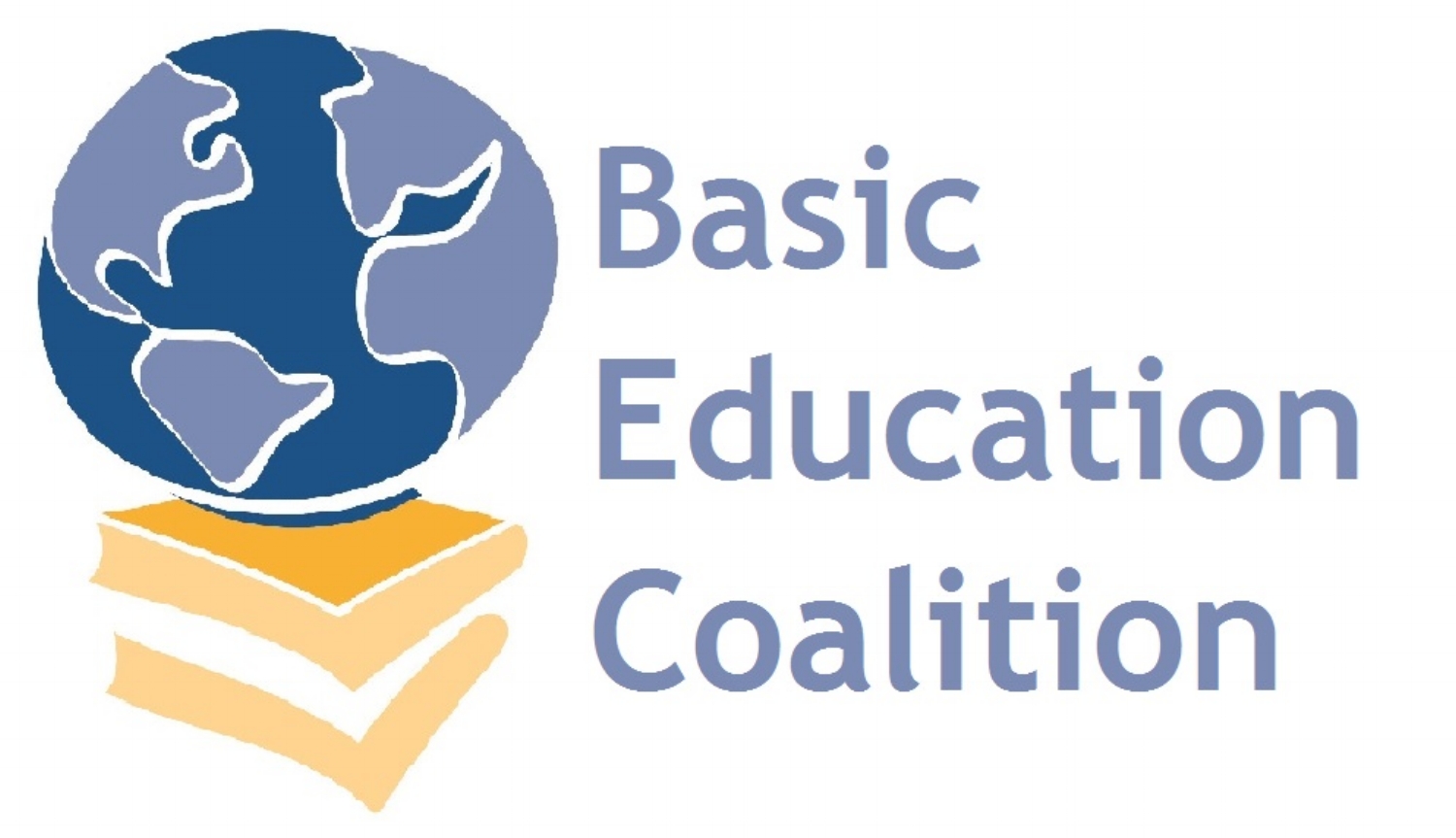On July 17, 2018 USAID released a draft U.S. Strategy on International Basic Education for public comment, as required by the Reinforcing Education Accountability in Development (READ) Act. The READ Act stipulates that USAID must produce a whole-of-government international basic education strategy by September 8th, 2018. The draft strategy was open for public comment from July 17th through July 22nd, 2018.
USAID is still working on the USAID Annex which will be included in the final U.S. Government Strategy on International Basic Education. The Annex will highlight the broad principles that will be found in the USAID Education Policy and Implementation Guidance, which is currently in development and will be released in the autumn of this year.
The U.S. Government Strategy on International Education provides directional guidance for the future of international education programs across ten U.S. government departments and agencies. BEC submitted input for the strategy in advance of the draft's release, based on a survey of the Coalition's membership. In line with BEC’s recommendations, the strategy expands upon the foundation laid by the 2011-2018 USAID International Education Strategy to allow for more skill-based learning programs, context appropriate interventions, coordination, country ownership, and flexibility to learn, adapt, and make mid-course corrections when necessary.
The U.S. Government Strategy on International Basic Education has two principal objectives: (1) improve learning outcomes and (2) expand access to quality basic education for all, particularly marginalized and vulnerable populations. Through a comprehensive approach to international basic education, the U.S. Government can work with partner country government to better respond to the unique context in each partner country and more holistically address their education needs. Aligned with the READ Act’s definition of basic education, US. Government interventions will address educational needs from early childhood, primary and secondary education to workforce development and vocational training, in both formal and non-formal settings.
